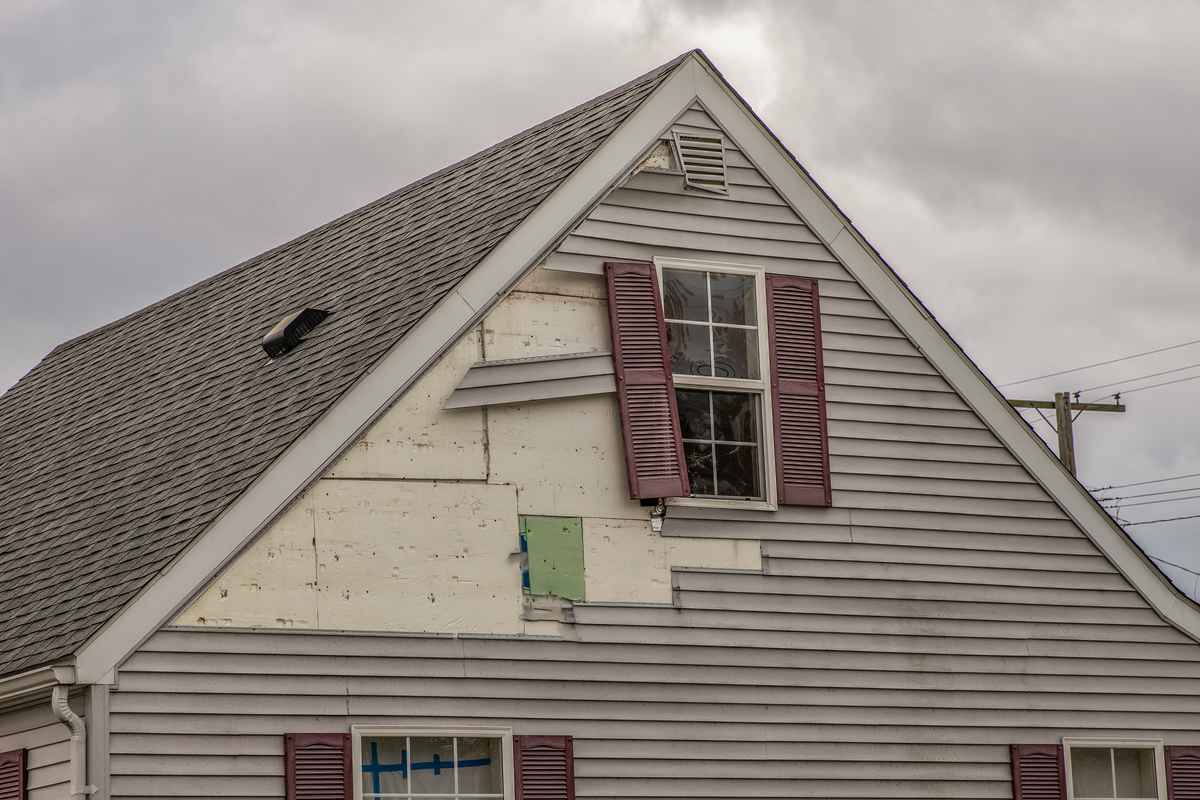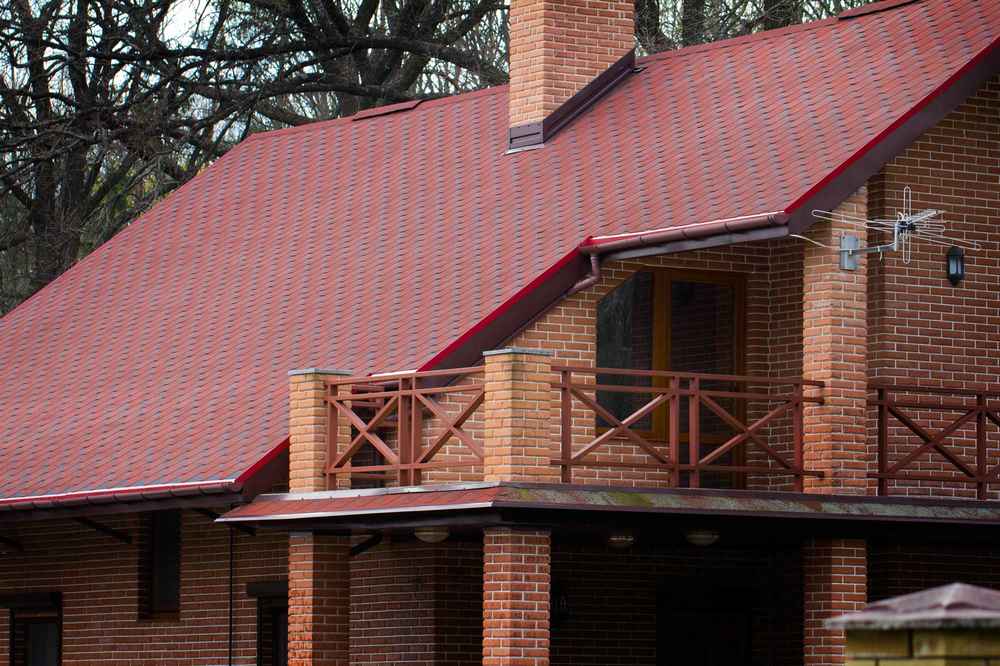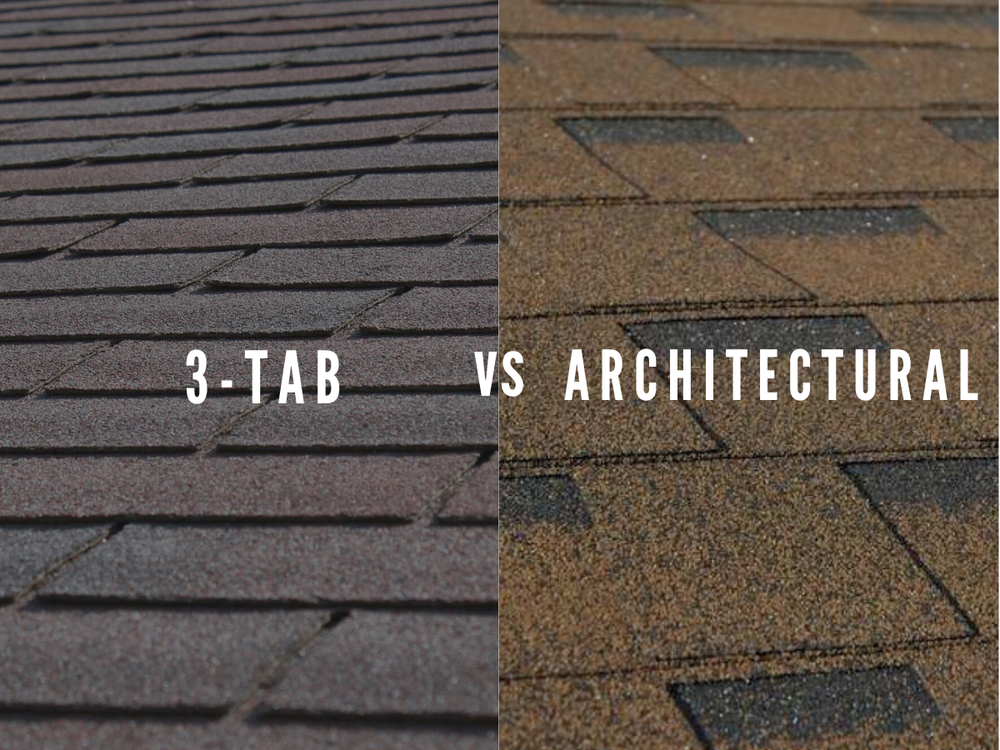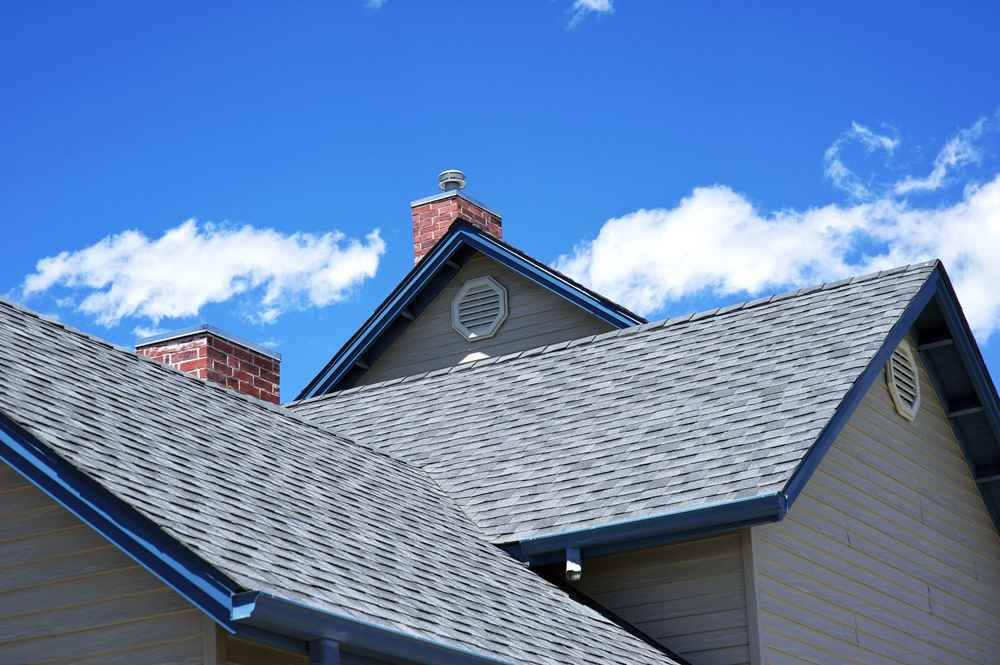Introduction
The forces of nature are a constant presence in our lives, and sometimes they remind us of their power in unexpected ways. One such reminder comes in the form of wind damage to siding. Whether you live in a region prone to strong storms or just experienced an unexpected gust, understanding and addressing wind damage to your home’s siding is essential for maintaining the structural integrity and aesthetics of your property. In this blog post, we will explore the types of wind damage that can affect your siding, how to identify it, and steps to repair and prevent future damage.
Types of Wind Damage to Siding
- Loose or Missing Siding Panels: High winds can easily loosen or completely detach siding panels from your home. This not only exposes your house to the elements but also diminishes its visual appeal.
- Cracked or Broken Siding: Siding materials such as vinyl, wood, or fiber cement can crack or break when subjected to the force of strong winds. This not only affects your home’s curb appeal but also compromises its protective barrier.
- Warping or Buckling: Excessive wind pressure can cause siding materials to warp or buckle. This can create gaps that allow moisture, pests, and drafts to infiltrate your home, potentially leading to further damage.
- Impact Damage: Flying debris during storms can impact your siding, leaving dents, holes, or gouges. This type of damage requires immediate attention to prevent water intrusion and further deterioration.
Identifying Wind Damage
Identifying wind damage to your siding is crucial for addressing the issue promptly. Here’s how you can recognize signs of wind damage:
- Visible Damage: Walk around your home and inspect the siding. Look for loose or missing panels, cracks, dents, or warping. Pay special attention to the corners and edges, as these areas are more susceptible to wind damage.
- Loose or Displaced Material: Gently tap or press on the siding. Loose or displaced material will move or make a hollow sound, indicating that it needs repair.
- Water Stains or Mold: If you notice water stains or mold growth on your interior walls, it may be a sign that wind-damaged siding is allowing moisture to penetrate your home.
Repairing Wind Damage to Siding
Once you’ve identified wind damage, taking prompt action is essential to prevent further issues. Here’s how to repair wind-damaged siding:
- Secure Loose Panels: If you have loose siding panels, reattach them using appropriate siding nails or screws. Ensure they are properly aligned and secure.
- Replace Damaged Panels: For cracked, broken, or severely damaged siding, replacement may be necessary. Match the new siding to your existing one in terms of material, style, and color for a seamless look.
- Repair Small Holes and Cracks: Fill small holes or cracks with caulk designed for your siding material. Sand and repaint the area to restore its appearance.
- Professional Help: For extensive or hard-to-reach damage, consider hiring a professional siding contractor who can assess the situation and provide expert repairs.
Preventing Future Wind Damage
To prevent wind damage to your siding in the future, consider the following precautions:
- Choose Durable Siding: When replacing siding or building a new home, opt for high-quality, durable siding materials that can withstand wind and weather conditions in your area.
- Regular Maintenance: Perform regular inspections of your siding to identify and address minor issues before they escalate.
- Trim Trees and Branches: Trim or remove overhanging tree branches that could potentially damage your siding during strong winds.
- Storm Shutters: Install storm shutters or panels to protect your siding and windows during severe weather.
- Anchoring: Ensure that your siding is properly anchored to the exterior of your home to withstand wind forces.
Conclusion
Wind damage to siding can be both a visual eyesore and a potential threat to your home’s structural integrity. By understanding the types of wind damage, knowing how to identify it, and taking prompt action for repairs and prevention, you can safeguard your home from the forces of nature. Regular maintenance and the use of durable siding materials will go a long way in ensuring your home remains a safe and beautiful haven, even in the face of strong winds




